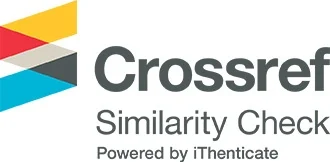Studying the effects of Ruta chalepensis on blood glucose, cholesterol and triglycerides levels in rats.
DOI:
https://doi.org/10.65137/lmj.v4i1.76Abstract
Ruta chalepensis is a native plant to Eurasia and North Africa, it has been used in traditional herbal medicine for various purposes. This includes For example, as abortifacient, digestive, anti-inflammatory, analgesic and anti- parasites. In folk Libyan medicine it is believed to be helpful for diabetes and dyslipidemia. Water and alcoholic extracts of Ruta chalepensis were tested in rats for potential lowering effects on blood glucose, cholesterol and/or triglycerides. In this study, the water and alcohol extracts was administrated to normal rat and blood glucose, cholesterol and triglycerides were estimated with urine output, food and water intake as biological markers for blood glucose. In unexpected manner, neither water nor alcoholic extracts decrease blood glucose, cholesterol and/or triglycerides in rats. However, high concentrations of alcoholic extract (15 and 20%w/v) resulted in a significant elevation of blood glucose levels. Administration of alcoholic extract 7.5%w/v daily for 7 days produced increase in urine output on every day. The results point to a potential risk of using the plant as an anti-diabetic remedy, also indicate to the presence of material(s) that might have diuretic effect.









